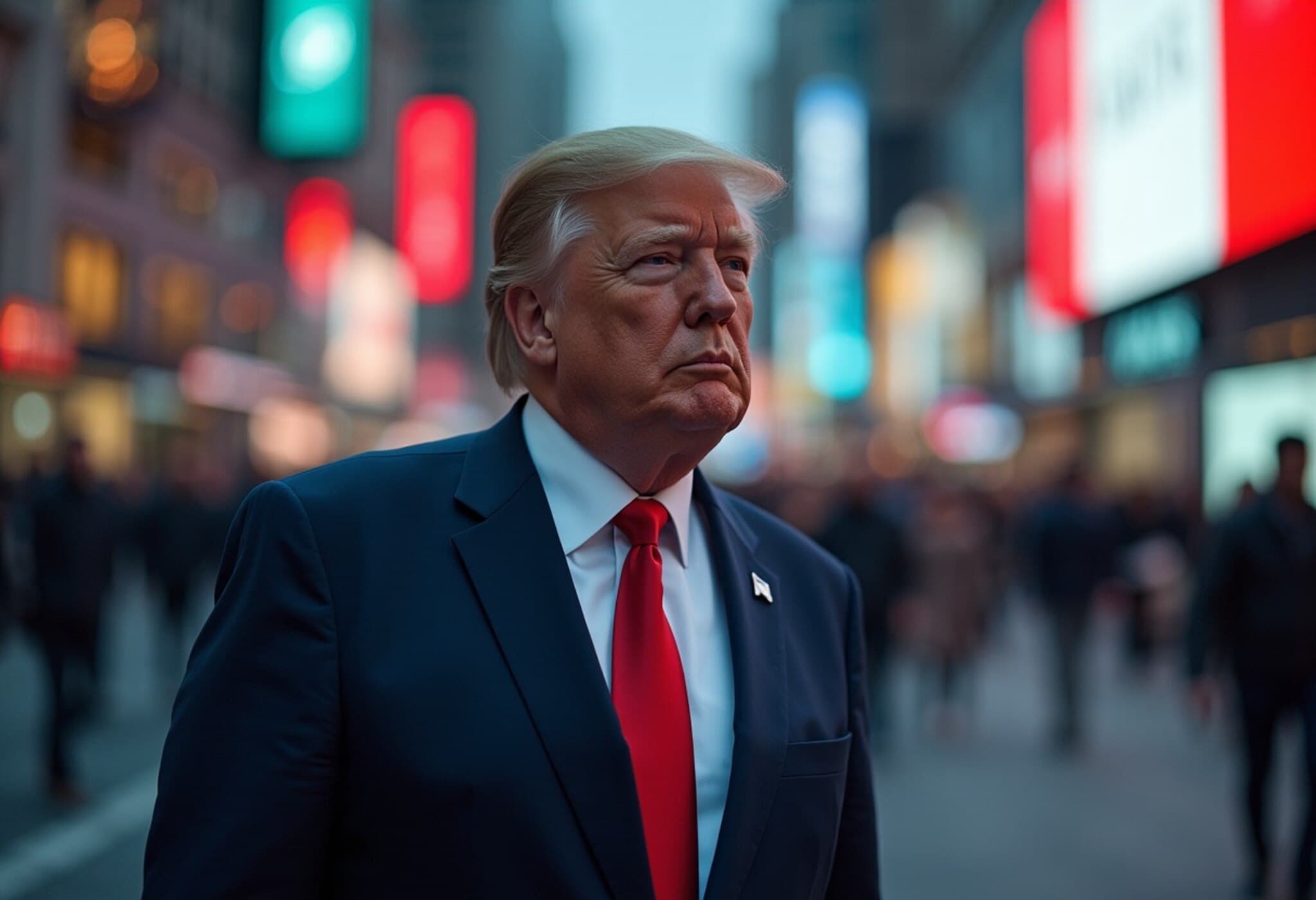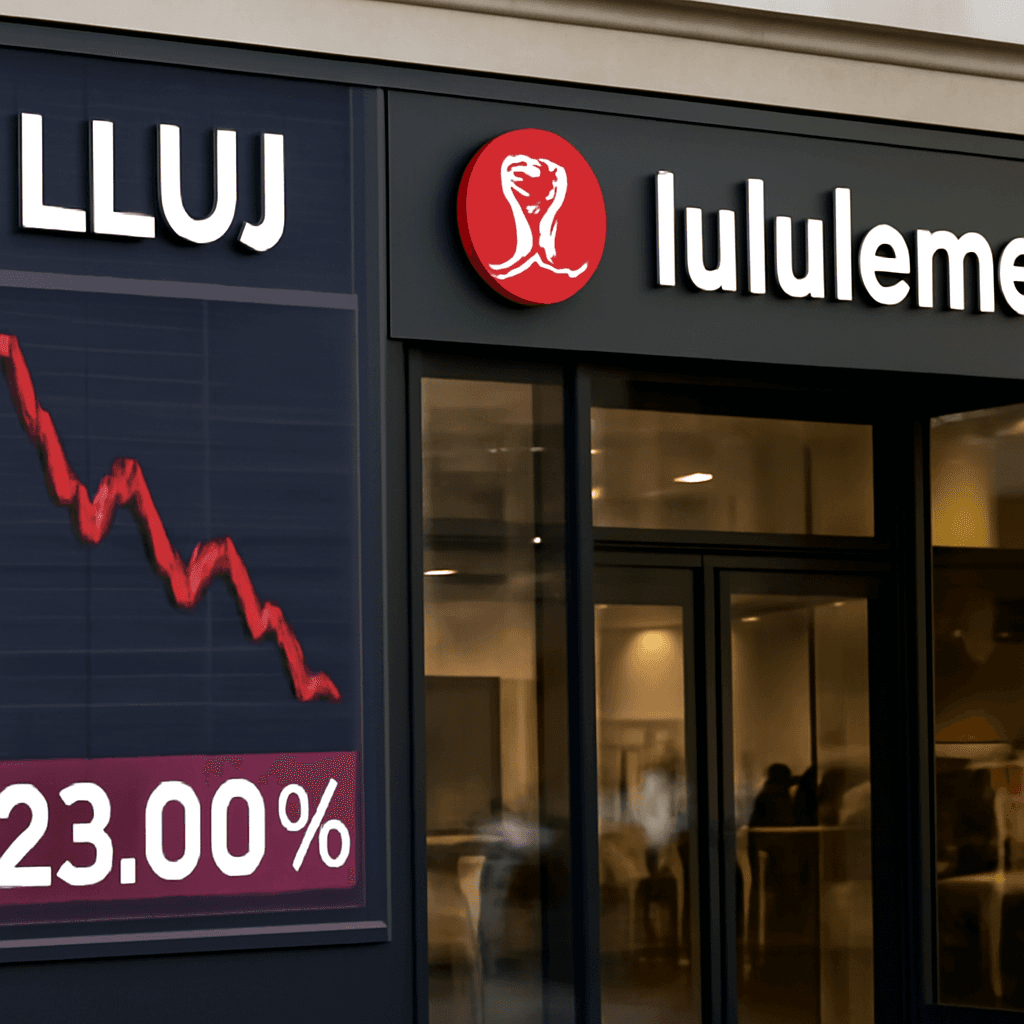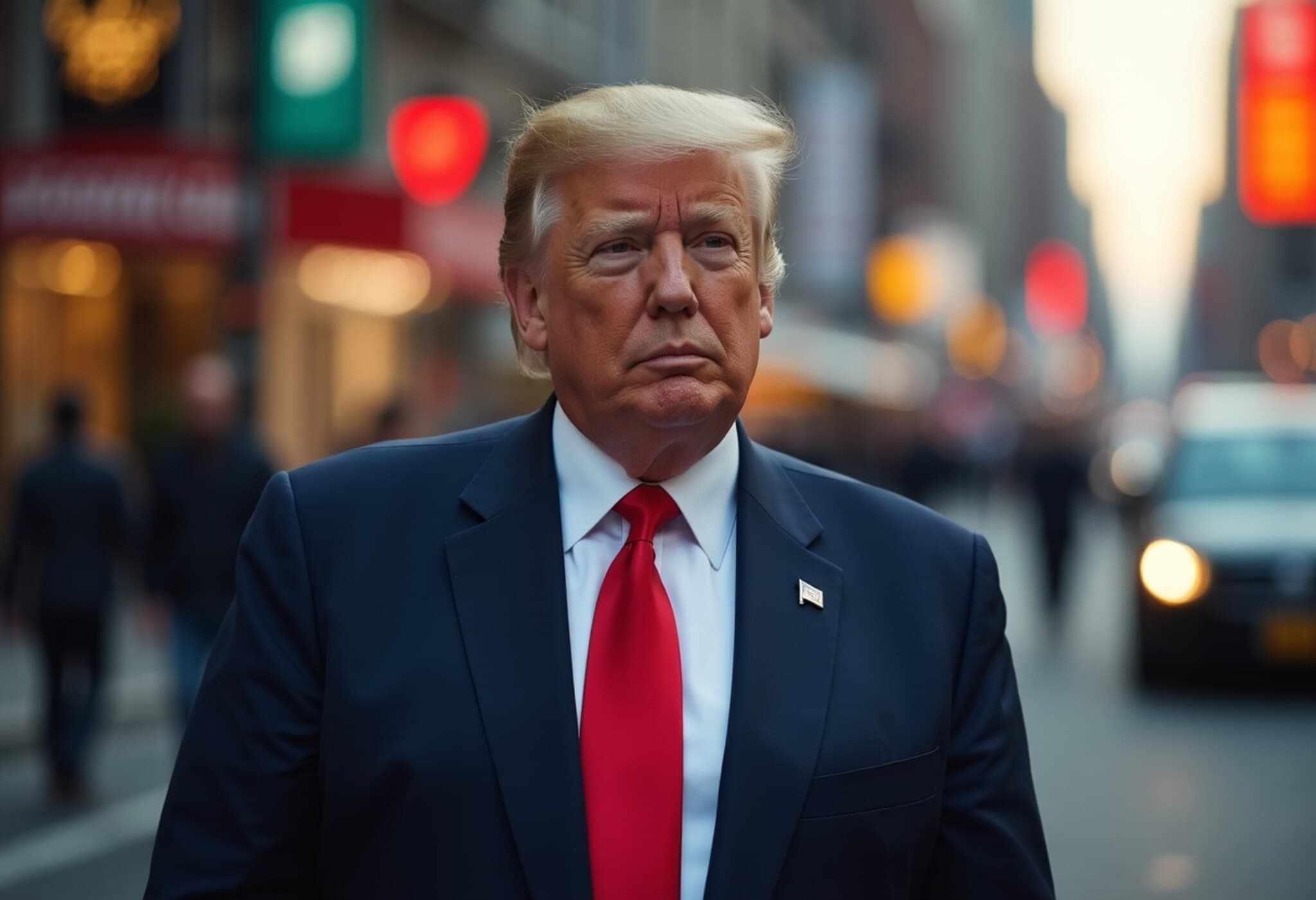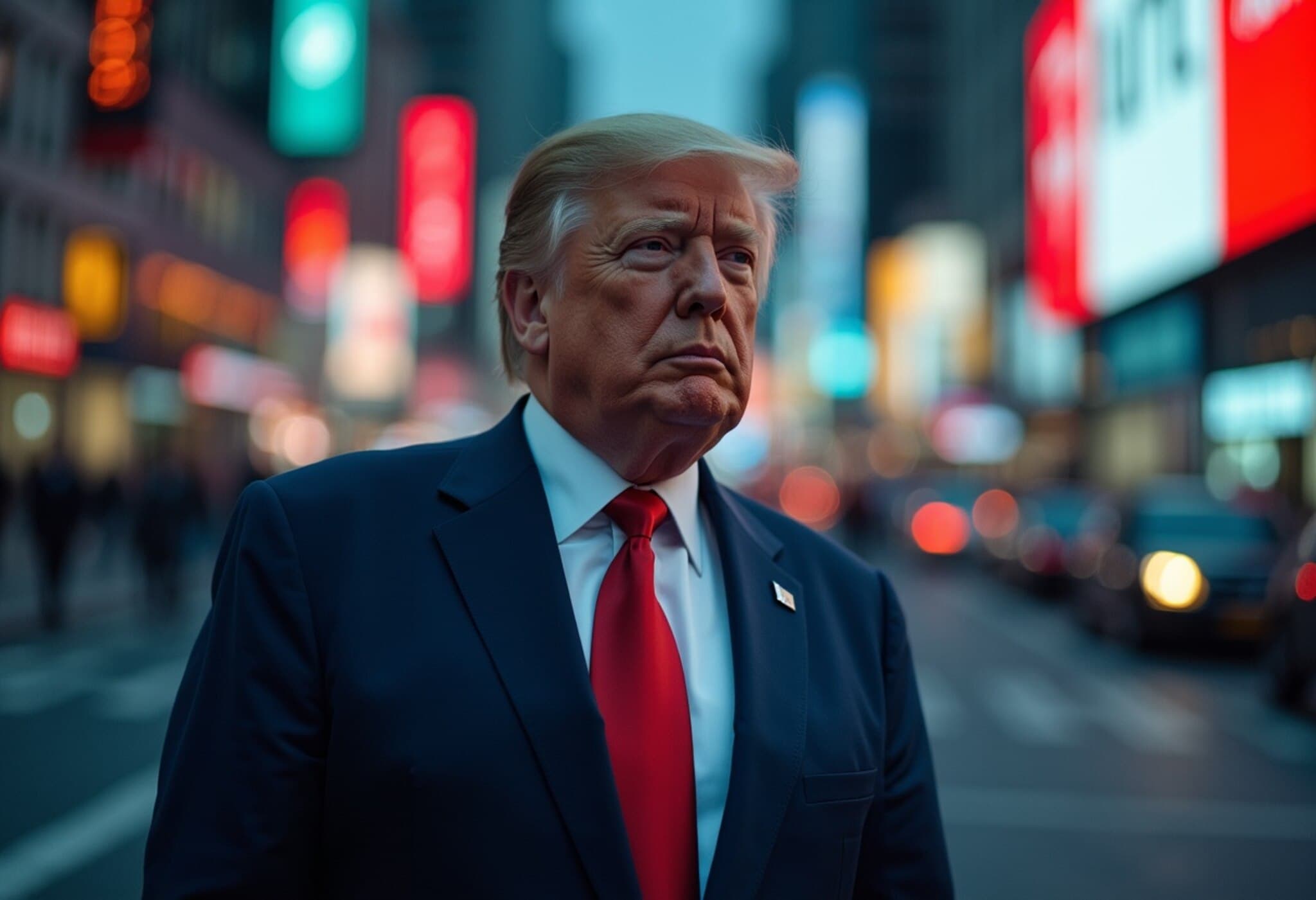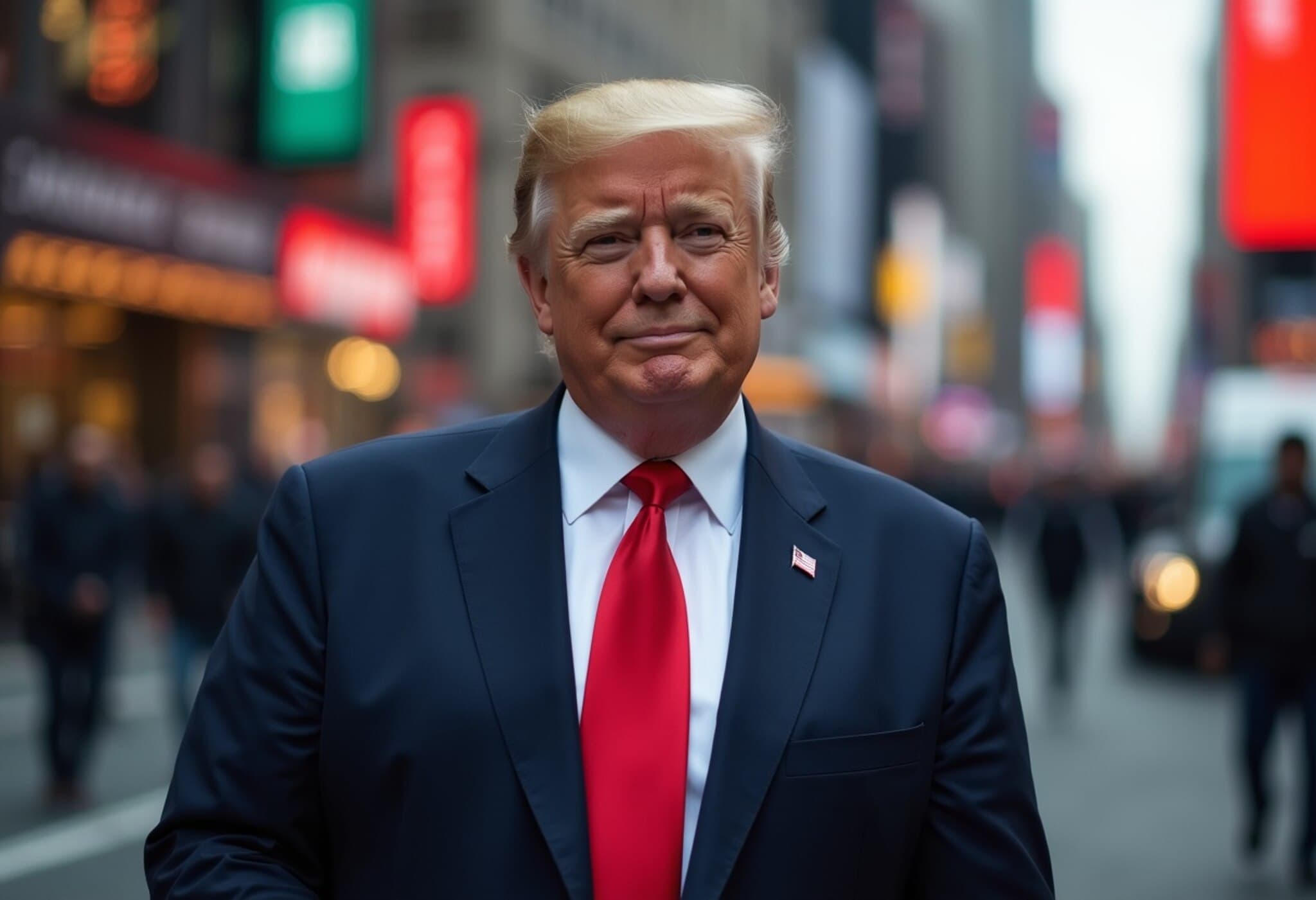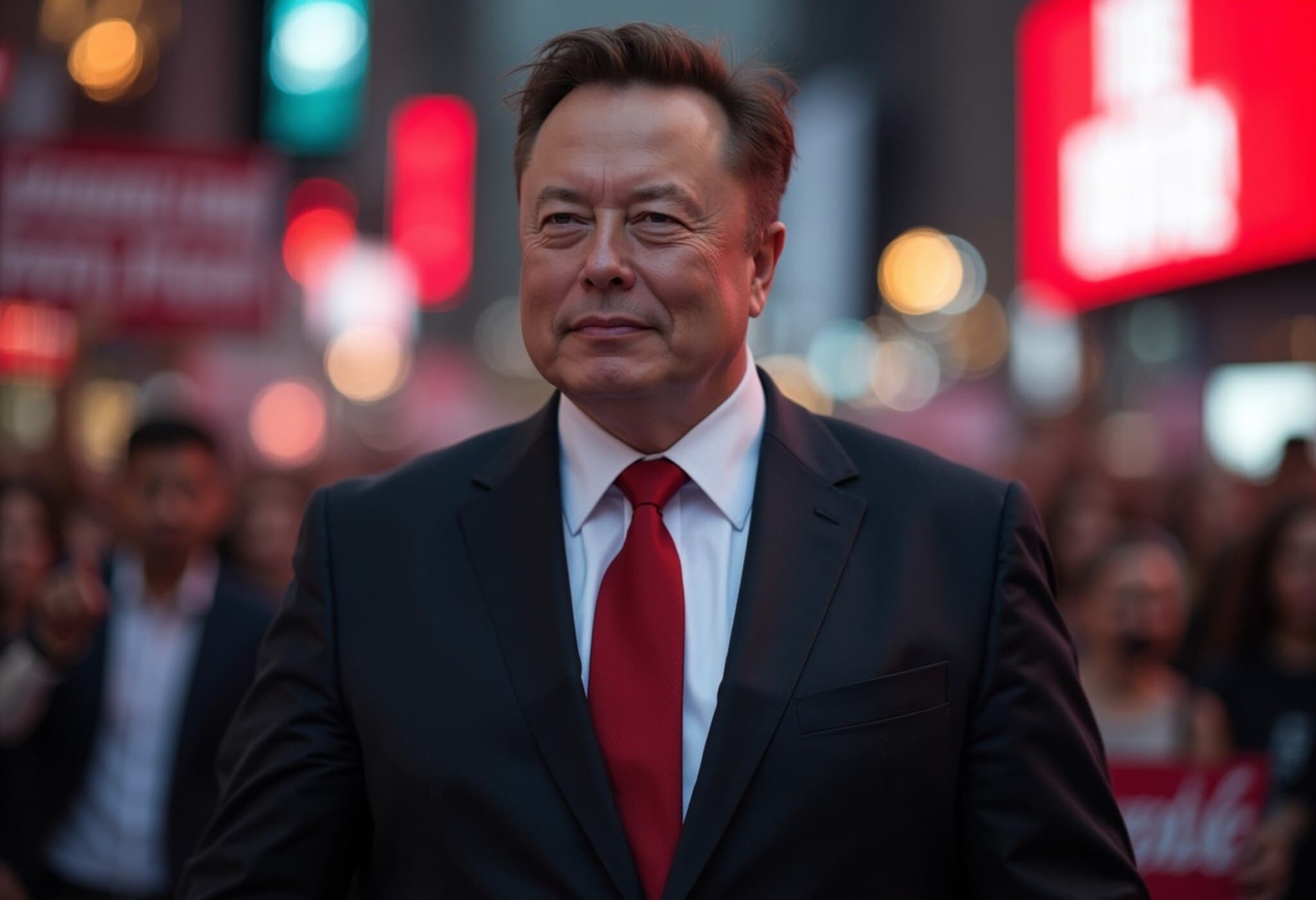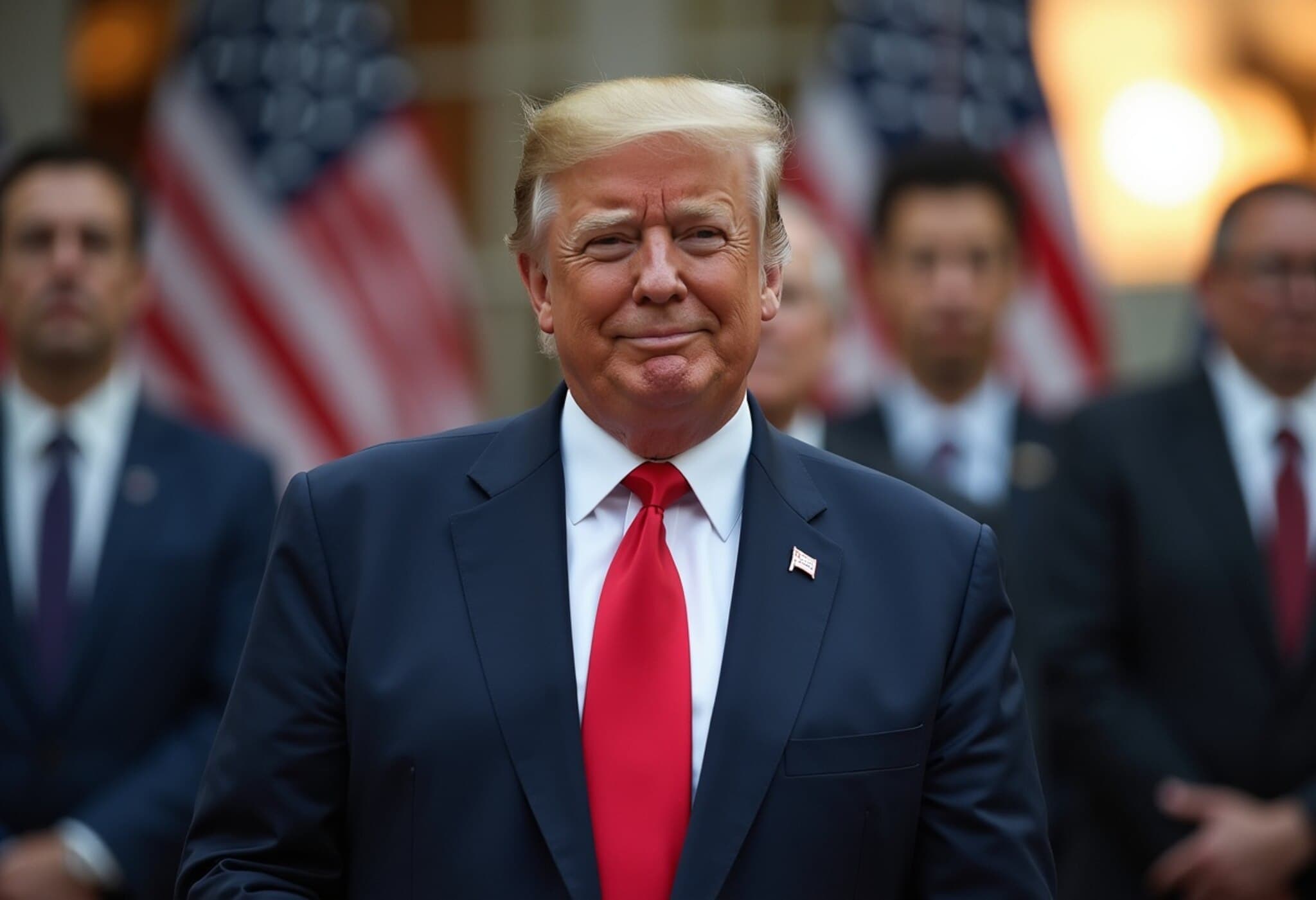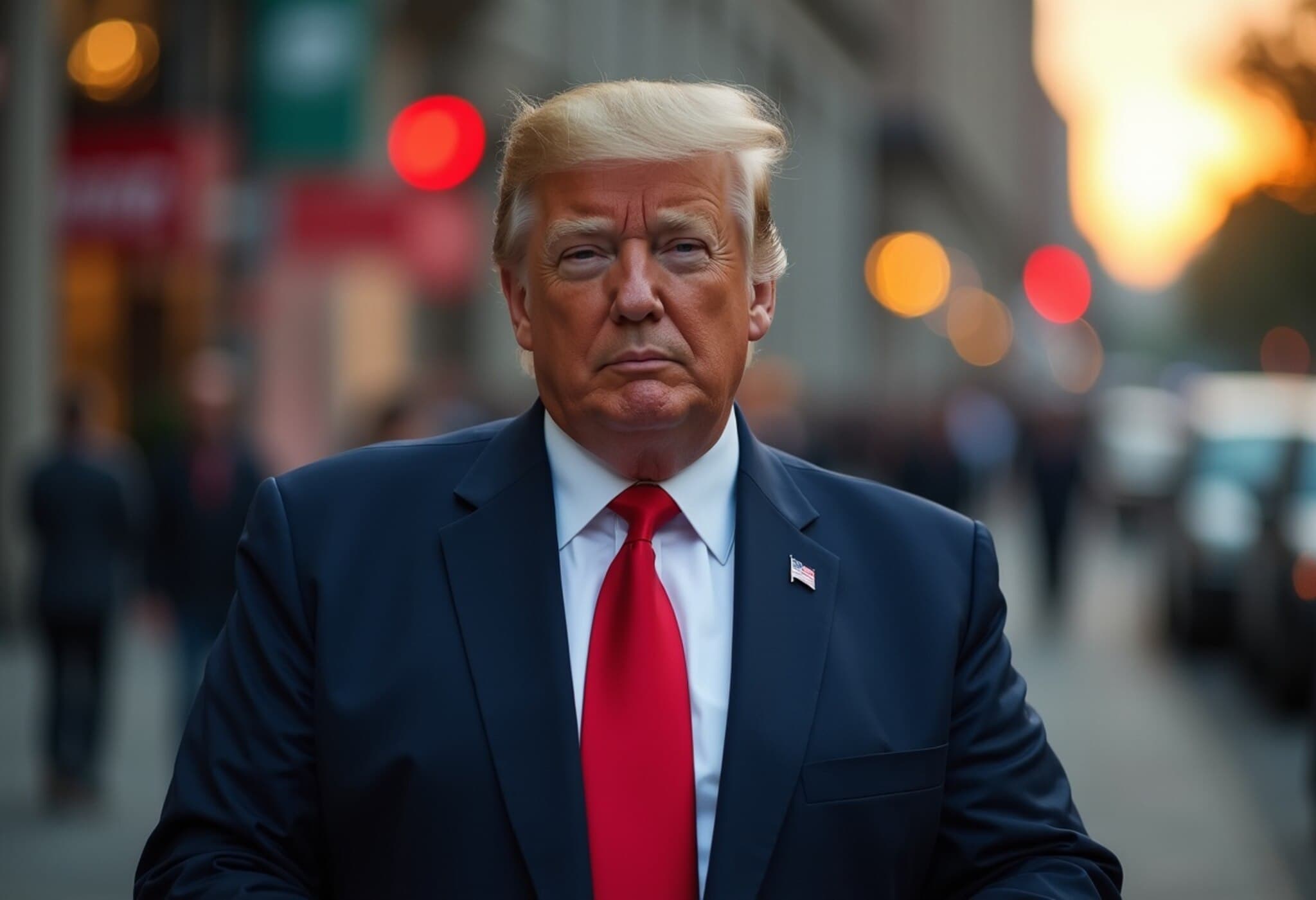Trump’s Tariff Letters: A Throwback Gesture With Significant Market Ripples
In an era where most communications are instant and fleeting—think Instagram DMs and Twitter threads—U.S. President Donald Trump revived a more traditional mode: formal letters. On Monday, the White House dispatched letters to leaders in 14 countries, informing them of upcoming tariffs set to take effect on August 1, 2025. While steep tariffs are nothing new, the ceremonious announcement hearkens back to the age-old art of diplomatic correspondence, yet with very high economic stakes.
The Letters: More Bluster Than Breakthrough?
These letters, brimming with confident language like "You will never be disappointed with The United States of America," delivered tariff threats ranging from 25% to 40%, hinged on each nation's relationship with the U.S. They also carried a veiled warning that tariff rates could be adjusted depending on future negotiations. However, experts caution that the melodrama may overshadow the reality.
Adam Parker, CEO of Trivariate Research, told CNBC, "It's unclear whether this is a new policy or a repackaging of earlier announcements. Investors and companies alike may struggle to parse what genuinely changes." Indeed, the tariffs largely echo the stance taken in April, raising questions about the letters’ practical impact beyond their symbolic weight.
Market Downturns and Corporate Shocks in the Wake of Tariff Announcements
U.S. Stock Markets Dip Under Tariff Pressure
The tariff news triggered a notable sell-off across major U.S. indices, marking their most significant drop in nearly a month. The Dow Jones, S&P 500, and Nasdaq all faced declines as investors digested the potential for heightened trade tensions and ensuing economic headwinds. Concurrently, global markets echoed the unease—Australia's benchmark index retreating after its central bank signaled rate caution.
Tesla Faces Investor Anxiety After CEO’s Cryptic Remarks
Tesla's shares plunged by 6.8%, erasing more than $68 billion in market value. This massive dip followed remarks by CEO Elon Musk, hinting at strategic uncertainties. Market watchers worry about Tesla’s exposure to tariff disruptions and broader supply chain challenges, underscoring how geopolitical moves ripple down to corporate valuations.
Samsung Electronics Forecasts Sharp Profit Decline Amid Global Slowdown
South Korea’s tech giant Samsung Electronics announced a staggering 56% year-over-year drop in second-quarter operating profit, predicting earnings around $3.3 billion. This figure fell short of analyst forecasts, reflecting not only tariff-driven pressures but also broader semiconductor market softness and demand fluctuations. Such dramatic profit contractions signal that global trade friction is hitting key industry players hard.
A Closer Look at China’s Market Strategy Amid Uncertainties
Despite tariff-induced strain, analysts urge caution rather than panic for investors with exposure to China. The technology sector, while facing headwinds, has not seen drastic enough structural change to warrant wholesale portfolio rewrites. Instead, a conservative approach with an eye on resilience is advised as China navigates the complex second half of the year.
Japan’s Monetary Dilemma: Inflation Meets Growth Challenges
The Bank of Japan finds itself at a crossroads. While inflation eats into real wages—the fastest decline in 20 months as of May—growth is simultaneously slowing, limiting the central bank’s ability to tighten monetary policy. The recent tariff upheavals add another layer of complexity, creating a delicate balancing act between reinvigorating the economy and stabilizing consumer purchasing power.
What This Means for the Global Trade Landscape
Trump’s tariff letters exemplify the unpredictable nature of 21st-century trade diplomacy. While they carry the formality of official communiqués, their economic tremors are immediate and far-reaching. These moves spotlight the tensions between protectionism and globalization, posing questions such as:
- How will multinational companies adapt supply chains in response to mounting tariffs?
- What impact could sustained tariff pressures have on inflation and consumer costs in the U.S. and abroad?
- Will tariff diplomacy open new negotiation channels or entrench further economic divides?
As markets grapple with these challenges, readers are encouraged to monitor how policy rhetoric translates into concrete trade actions and what that entails for the global economy.
Editor’s Note:
Trump’s tariff letters, while steeped in traditional political flourishes, serve as a stark reminder of the fragility of global trade relations. The tangible consequences—seen in stock valuations, corporate earnings, and central bank challenges—underscore the pressing need for nuanced dialogue beyond the spectacle. As stakeholders from governments to investors follow this unfolding narrative, the bigger picture calls for balancing assertive economic policy with collaborative diplomacy to sustain growth and stability worldwide.



